How to start eating healthy with food from your own garden this 2023. Plus tips and simple recipes.
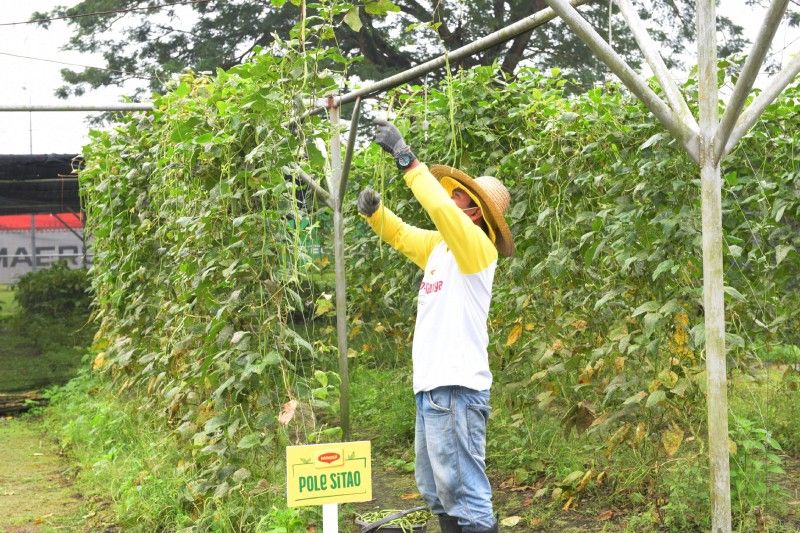
MANILA, Philippines — From sugar to onion, and now egg, the increasing prices of goods make budgeting extra difficult nowadays. And sadly, as preparing decent food eats up (pun intended) more of our budgets, many families would rather let go of the nutritional quality of their meals for the sake of quantity.
While we all know that this shouldn’t be the case, we still wonder: What are smarter ways we can deal with expensive food without necessarily sacrificing the quality of meals we eat? Fortunately, embracing the plantito/plantita life and growing your own food is a doable yet promising solution.
Palengke at home: Low cost, high nutrition
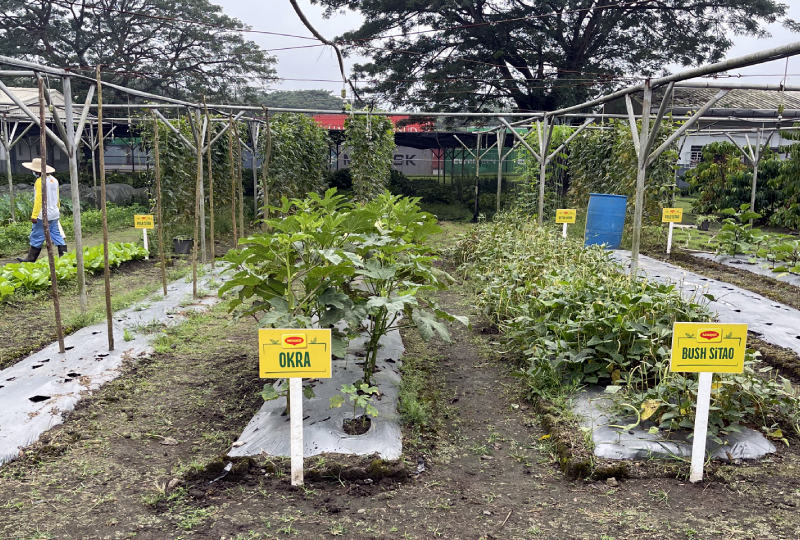
Starting your own urban garden from home isn’t just easy, but also beneficial to your health, lifestyle and budget.
First, having easy access to fruits and vegetables helps you eat more of them, helping you minimize overly-processed food and consume a more balanced plate.
Secondly, growing your own food assures you that your food is fresh, and maybe fresher than some store-bought vegetables that have likely gone through long periods of transport and storage that could affect their nutritional value.
Another benefit is that you have control over what you eat. Because you’re the one planting and maintaining your food, you can control how you grow it and ensure that no harmful chemicals will be used to grow the produce.
Ultimately, starting your own palengke at home doesn’t cost much—in fact, it even saves you more money instead of relying heavily on supermarkets. All that is needed are seeds or cuttings, some gardening supplies, and lots of dedication!
Guide to gardening, tips to remember
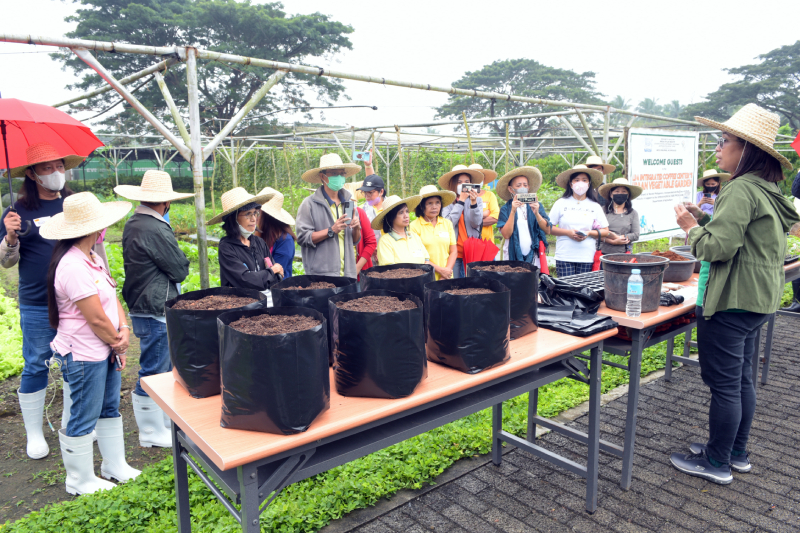
Last December, Maggi Philippines brought home cooks to the Maggi Sarap Sustansya Garden at the Lipa Integrated Coffee Center to teach them how to start their own home garden and give them a first-hand experience of enjoying vegetables from garden to table.
Here’s what we can learn from Niña Rosales, an expert from the Department of Agriculture.
1. Know the right place, right plants, right time
To succeed in home gardening, one should understand the plants that are best suited to climatic conditions and the seasons in which to plant them
It’s a must that you research and consider all factors when choosing which plants to grow. Vegetables, for example, usually need more sunlight to grow well and turn into good produce.
According to the National Nutritional Council, some of the easiest plants to grow include tomatoes, pechay, sitaw, okra and malunggay. Additionally, lemongrass (tanglad) kangkong, eggplant, pepper, mustard and alugbati can also be grown in our backyards.
2. Plant and maintain correctly
Planting your plants properly will ensure they grow well and live for a long time. Take the time to prepare the soil before planting and fertilize using homemade compost made from garden soil, coco coir dust and even kitchen or garden waste like dead leaves and vegetable peelings.
If unsure how to plant something, search the internet for instructions. Most of the time, seeds planted too deeply will take longer to thrive, if at all, while some seeds can be sprinkled right on the soil surface. Some plants can also be grown from cuttings, such as spring onions and kangkong.
It’s essential to find out if certain vegetables are characterized as upland or lowland. Warmer climates in lowland areas affect which types of vegetables will do well in an urban setting. City-dwellers should choose lowland vegetables such as tomato, eggplant and patola, for example. Upland vegetables like cabbage, lettuce, carrots and potatoes may be difficult to grow, and end up being more time-consuming and expensive to cultivate at home.
3. Remember: Leafy, fruit, legume, root
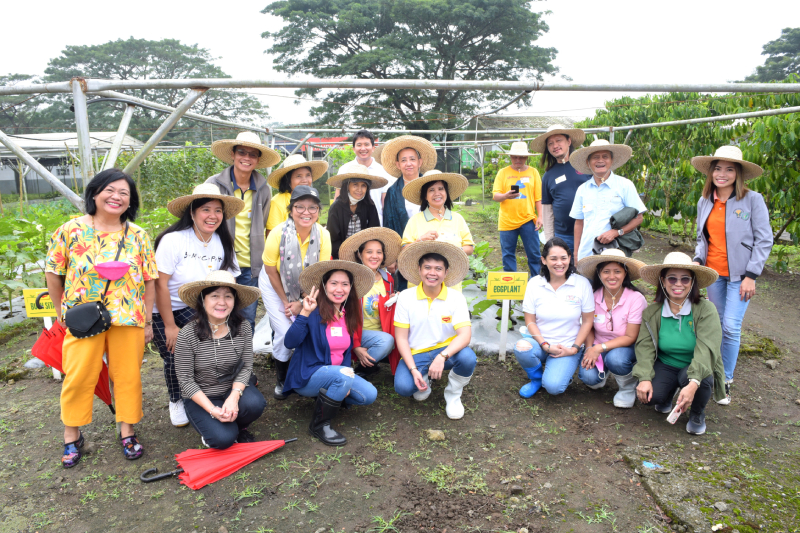
One of the strategies in gardening is to rotate your crops correctly. Because most plants can be harvested in three months, it’s good to plant varied plants after harvests.
Niña reminded, “Wag po tayo magtaninm sunod-sunod ng same crop. Una, kasi po yung peste pinaparami natin, kasi ang peste po ay may host plant. Kung di po magpapalit ng plant, di aalis ang peste”.
As a guide, remember the pattern leafy-fruit-legume-root, to minimize pests in your garden, and at the same time maximize the nutrients present in the soil.
For leafy plants, this includes pechay, mustasa, lettuce, kangkong. Fruits, meanwhile, are the likes of kamatis, talong, patola, upo and kalabasa.
Meanwhile, examples of legumes are beans such as kadyos, sitaw, bataw and patani, while examples of roots are gabi, radish and carrots.
From garden to table

The beauty of having your own garden is that there’s something you can turn to when preparing affordable yet nutritious food for the family.
Maggi, being an advocate of food sustainability and nutrition, wants to empower home cooks to grow their own food and equip them with culinary life skills to give their families the healthy and nutritious food they deserve.
Apart from teaching families how to build their own edible gardens, MAGGI Philippines also made a website that contains over 500 recipes for all home cooks whether first-timer or an aspiring chef.
With the innovative palate of Chef Erik Magtanong, cooking delicious meals and enticing kids to eat vegetables become easier for a lot of families. Here are some of MAGGI’s recipes
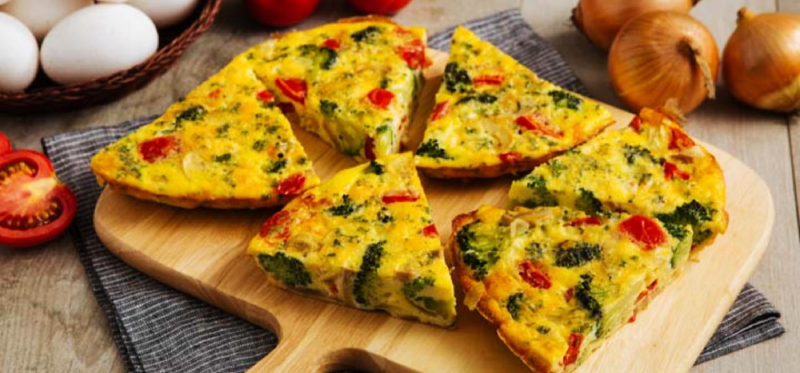
Vegetable Frittata made with tomatoes and broccoli
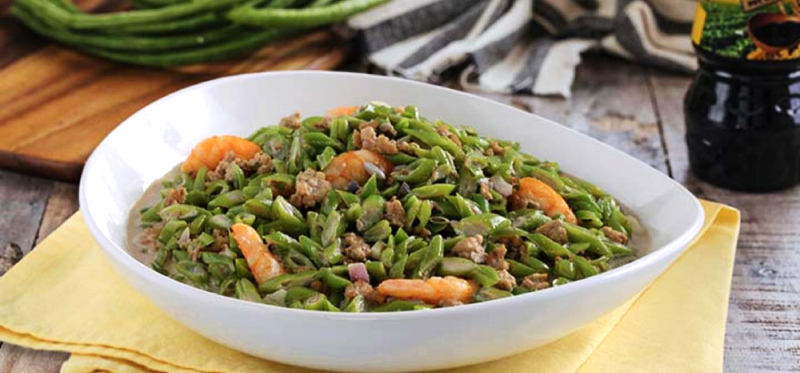
Gising-Gising made with Baguio Beans
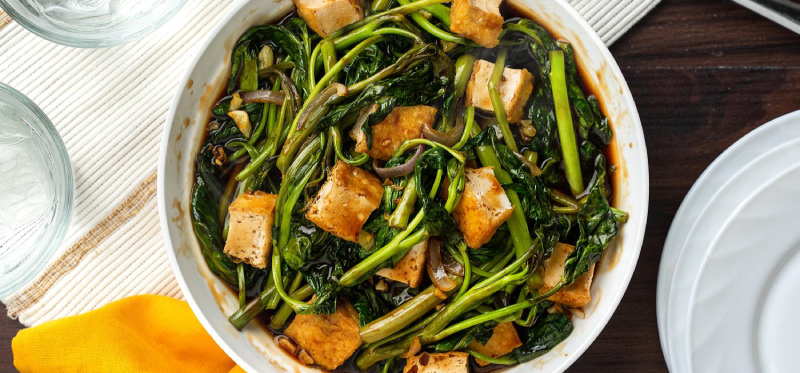
The website also includes information on the nutritional value of each dish and ingredient quantities that adjust automatically as the number of servings is modified.
MAGGI’s YouTube channel also has a growing playlist featuring cooking hacks and other meal planning tips based on the Pinggang Pinoy model developed by the Food and Nutrition Research Institute under the Department of Science and Technology (DOST). Here, catch best-known methods in cooking that maximize ingredients, save time and bring out flavor.
With prices of food rising, now is a perfect time that we embrace learning new ways to source our own food and make them the tastiest and most nutritious meals they could be.
Understanding how Filipinos, despite today’s challenging circumstances, would always strive to provide the best to their families, MAGGI lends its knowledge to ensure that healthy meals will be present at Filipino families’ tables. Homecooks can sign up for the Maggi Sarap Sustansya Kusina program through the website so they can receive valuable tips, free recipe books and have access to menu planning.
On the day you get to harvest produce from your newly started garden, or the first time you serve your recently learned recipes, MAGGI is happy to be instrumental in equipping families the life skills they need, at the time they need them most. Because as the brand puts it, “Ang nagmamahal, nagma-Maggi.” — JAP TOBIAS




















